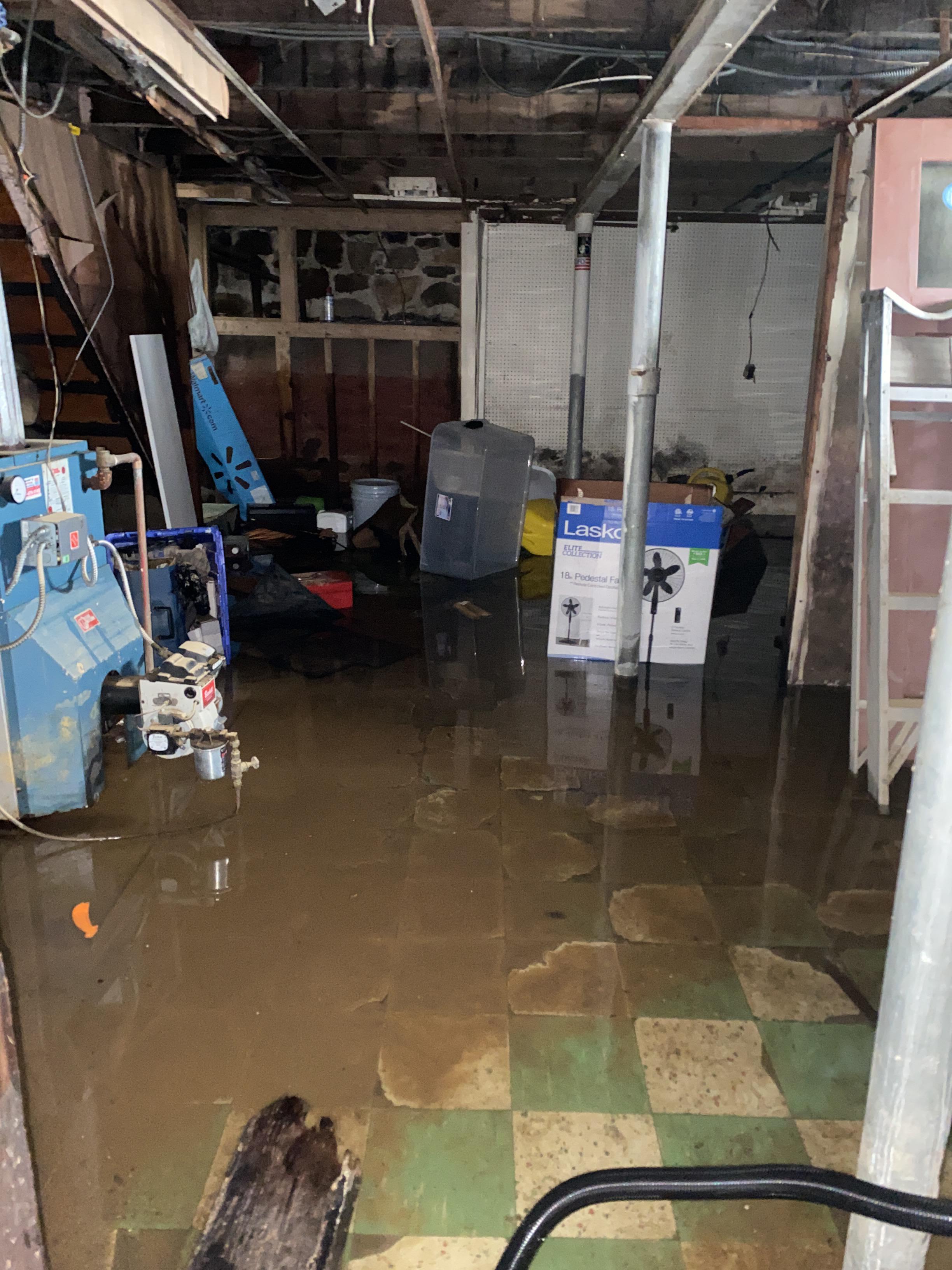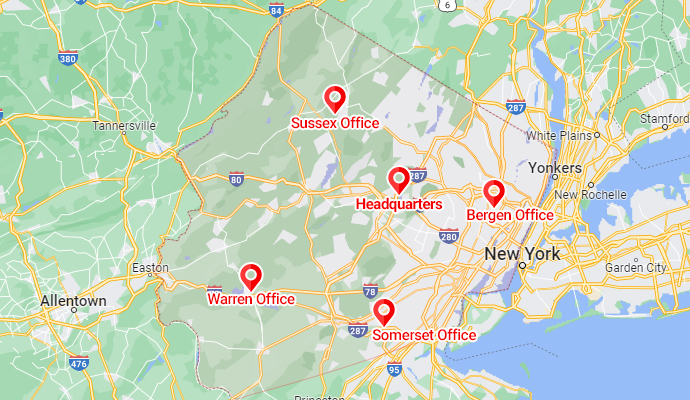Emergency Response: What to Do When Your Home Floods
Experiencing a flood in your home can be overwhelming and stressful. Whether it's due to a burst pipe, heavy rain, or an overflowing toilet, acting quickly is essential to minimize damage and ensure the safety of your household. Here are the key steps to take when your home floods, focusing on managing wet and damp conditions, addressing water and moisture issues, and keeping affected areas clean and sanitized.

Immediate Actions
- Ensure Safety First
- If flooding is severe, evacuate your home immediately and move to higher ground. Avoid walking through standing water, as it may be contaminated or electrically charged.
- Shut Off Utilities
- Turn off the main power supply to prevent electrical hazards. If you suspect water has reached electrical outlets or appliances, do not attempt to turn off power yourself; contact a professional. Also, turn off the main water supply to stop the flow of water if the flood is due to a plumbing issue.
Assessing the Damage
- Identify the Source
- Determine whether the flood is due to internal plumbing (like a burst pipe or toilet overflow) or external factors (like heavy rain or storm surge). This will help in deciding the next steps and whether to call a plumber or other professionals.
- Document the Damage
- Take photographs and videos of the affected areas, including the bathroom, kitchen, and around sinks. Documenting the damage is crucial for insurance claims.
Water Removal and Drying
- Remove Standing Water
- Use a wet/dry vacuum, buckets, or a mop to remove as much standing water as possible. The faster you remove water, the less damage it will cause.
- Dry Out the Area
- Open windows and doors to increase ventilation. Use fans and dehumidifiers to reduce moisture and humidity levels. Focus on drying out wet and damp areas, particularly in the bathroom and around the toilet and sink.
- Address Hidden Moisture
- Moisture can hide in walls, under floors, and in other hard-to-reach places. Use moisture meters to detect hidden dampness and ensure thorough drying to prevent mold growth.
Cleaning and Sanitizing
- Clean All Surfaces
- Clean all affected surfaces with water and detergent to remove dirt and debris. Pay special attention to areas prone to bacteria, such as the bathroom, sink, and toilet.
- Sanitize
- After cleaning, sanitize surfaces to kill any bacteria and pathogens. Use appropriate disinfectants to ensure the area is thoroughly sanitized, especially in high-moisture areas.
- Dispose of Contaminated Items
- Throw away any items that cannot be thoroughly cleaned and sanitized, such as carpets, mattresses, and upholstered furniture, to prevent mold and bacterial growth.
Preventing Future Floods
- Inspect and Maintain Plumbing
- Regularly check for leaks and maintain plumbing systems. Repair or replace old or damaged pipes to prevent future bursts.
- Install Preventive Measures
- Consider installing sump pumps, backflow valves, and other flood prevention devices. These can help manage water and reduce the risk of future flooding.
- Improve Drainage
- Ensure that gutters, downspouts, and drainage systems are clean and functioning properly to direct water away from your home.
Insurance and Professional Help
- Contact Your Insurance Company
- Report the flood to your insurance company as soon as possible. Provide them with documentation of the damage and follow their instructions for filing a claim.
- Hire Professionals
- For severe flooding, hire professional water damage restoration services. They have the expertise and equipment to effectively clean, dry, and sanitize your home, preventing long-term damage.
Conclusion
Responding to a flood in your home requires quick action and thorough procedures to mitigate damage and ensure safety. By addressing wet, damp, and moisture issues promptly, keeping affected areas clean and sanitized, and taking preventive measures, you can protect your home from future flooding. Working with professionals and managing insurance claims efficiently will help restore your home to its pre-flood condition, ensuring a safe and healthy living environment.
At PDQ Restoration, we take pride in offering expert water and fire damage restoration services to homeowners in North Jersey. With numerous positive reviews on Google, we are highly regarded for our professionalism, efficiency, and dedication to customer satisfaction. Trust us to keep your home safe and structurally sound.

















